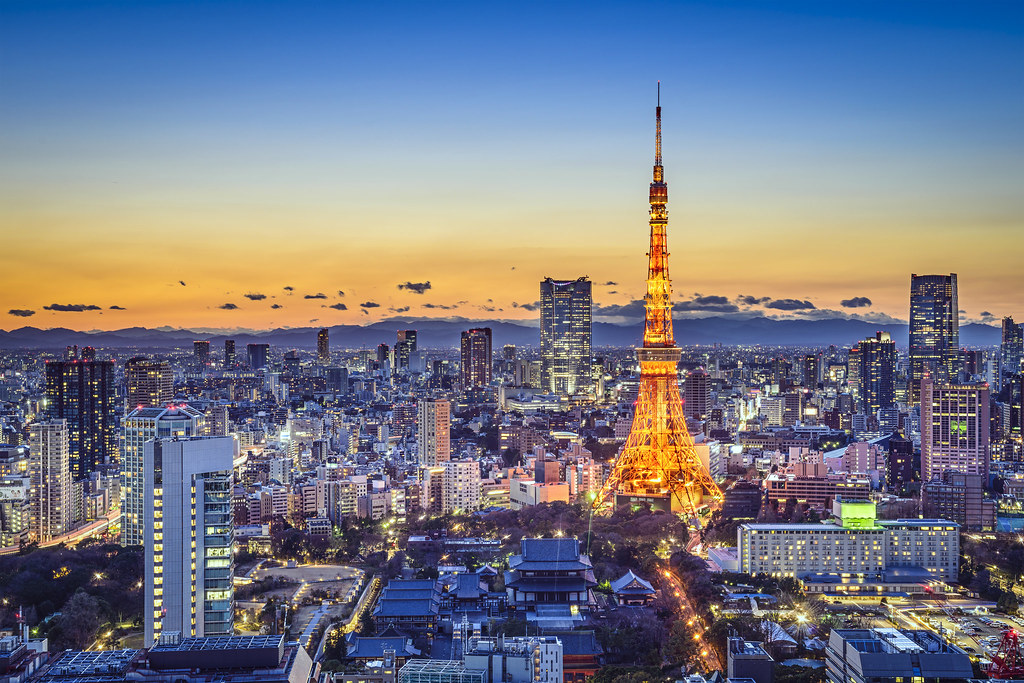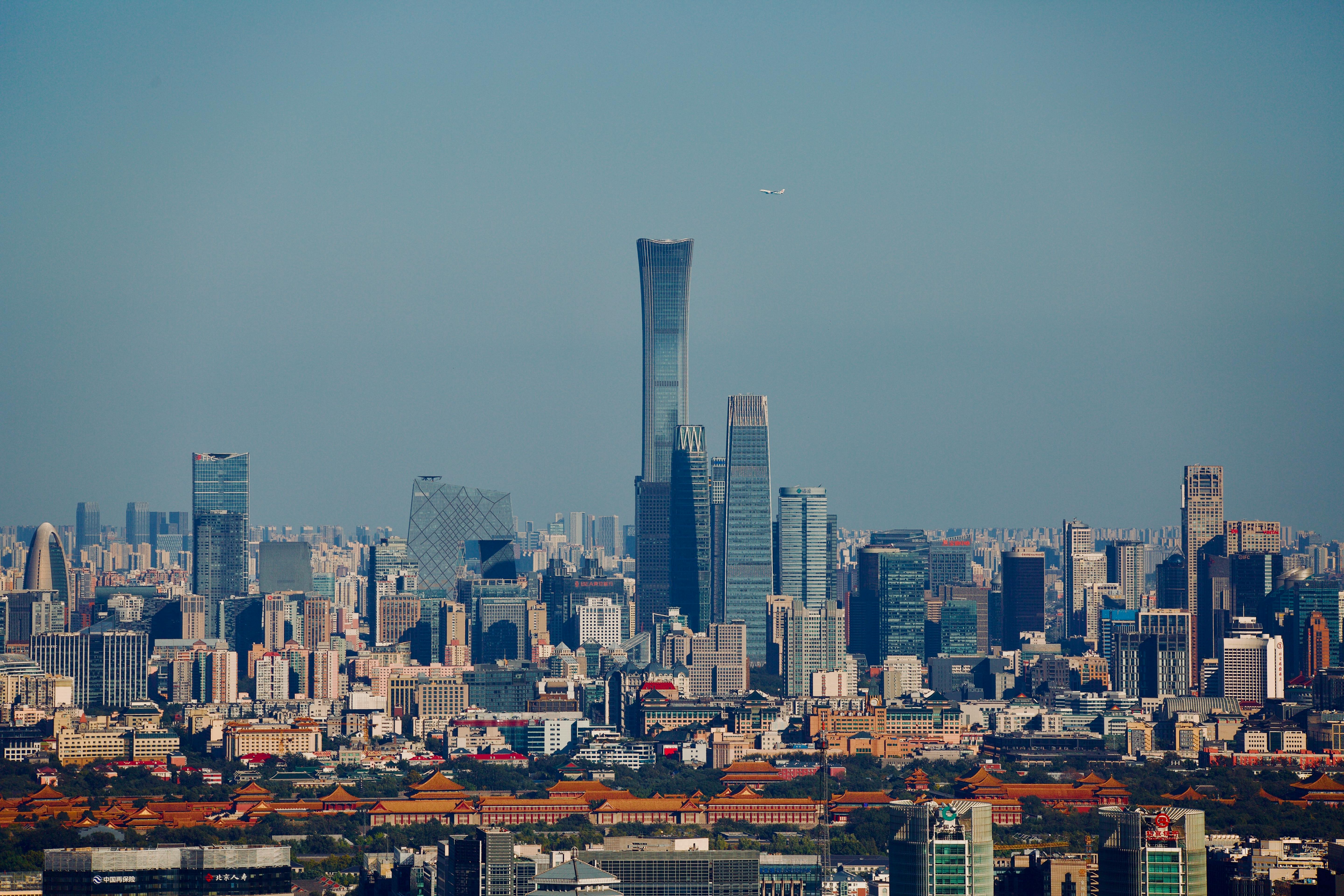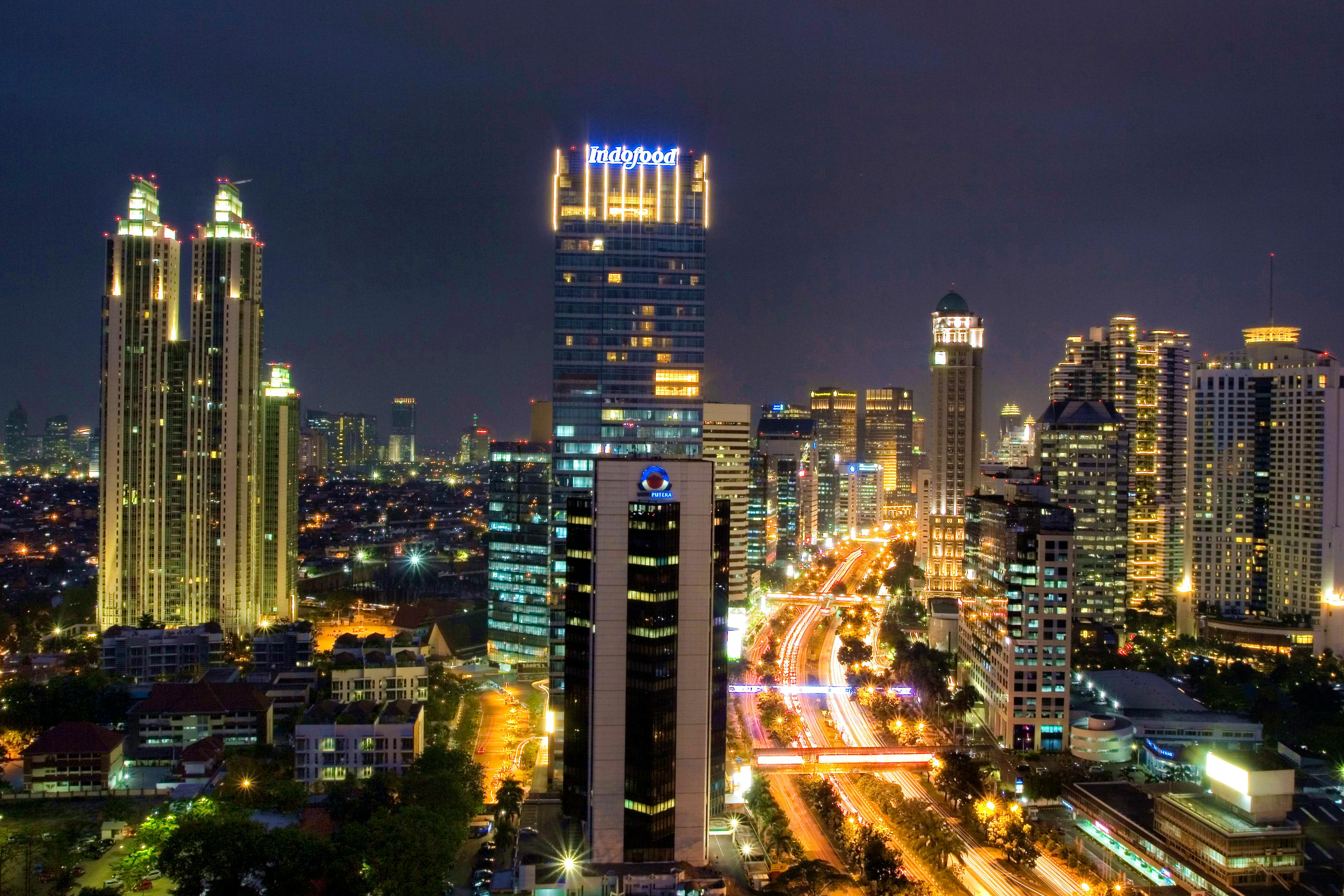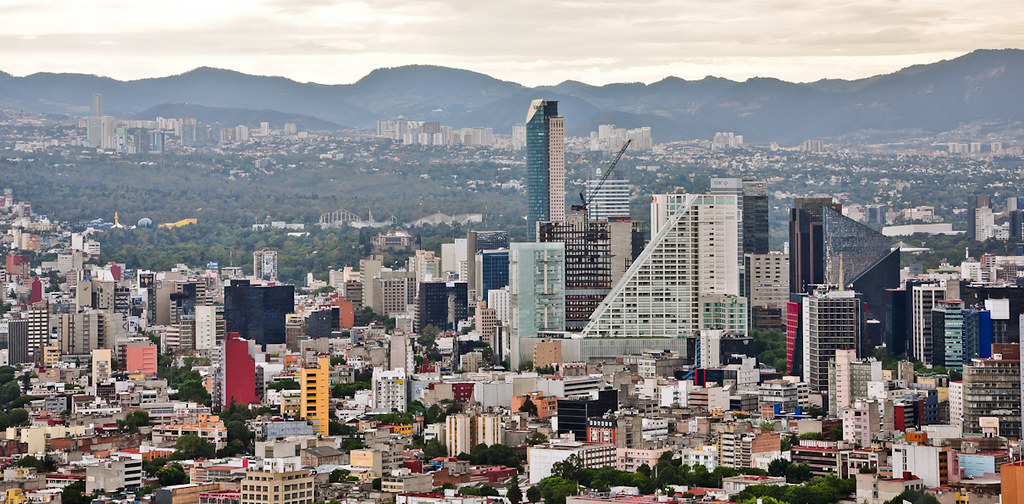Capital cities are often the beating hearts of nations by being the centers of politics, finance, culture, and innovation. In some parts of the world, these capitals grow into mega metropolises teeming with millions of residents, tourists, and workers.
With constant movement, heavy traffic, and fast-paced lifestyles, these cities stand out as the busiest urban centers on the planet. Let’s take a closer look at some of the busiest capital cities, each uniquely shaped by its geography, population, and economy.
Tokyo, Japan

Though not technically the capital by law, Tokyo serves as the de facto capital of Japan and is one of the most densely populated urban areas in the world. With a metropolitan area home to over 37 million people, Tokyo sets a global standard for efficiency despite its sheer size.
The city is a hub of business and technology, boasting one of the busiest public transportation systems anywhere. Shinjuku Station, for instance, handles more than 3.5 million passengers daily.
Despite the crowds, Tokyo is often praised for its cleanliness, safety, and punctuality, making it a fascinating study in managing urban congestion effectively.
Delhi, India

Delhi, the capital of India, is a sprawling metropolis that blends ancient history with modern ambition.
With a population exceeding 30 million in its metropolitan area, the city is notorious for its traffic congestion, pollution, and frenetic pace of life. Markets buzz with activity from dawn to dusk, and the streets are rarely quiet.
Delhi’s role as the political heart of the country, combined with its importance in commerce and education, ensures a constant influx of people. The capital also contends with rapid urbanization, leading to strain on its infrastructure and services.
Beijing, China

Beijing, China’s capital, is a city where tradition meets modernity in a bustling, ever-evolving landscape. With more than 20 million residents, it is one of the most populated capital cities in the world.
The city’s importance as the center of government, combined with its role in global diplomacy, education, and culture, attracts both domestic migrants and international visitors.
Traffic congestion is a daily challenge, and efforts to manage air quality have become a major policy focus in recent years. Nonetheless, Beijing remains a vibrant and powerful capital with an unmistakable pulse.
Jakarta, Indonesia

Indonesia’s capital, Jakarta, is one of the most densely populated urban areas in Southeast Asia. With a metropolitan population nearing 35 million, the city grapples with significant issues such as flooding, traffic jams, and inadequate public transport.
Despite these challenges, Jakarta is the political and economic center of Indonesia and a major commercial hub in the region. The city’s energy is palpable, driven by its growing middle class and entrepreneurial spirit.
However, due to the extreme congestion and environmental pressures, the Indonesian government has even proposed relocating the capital to East Kalimantan, leaving Jakarta as a commercial center.
London, England

London, the capital of the United Kingdom, has long been considered one of the world’s leading global cities. It boasts a metropolitan population of over 14 million and is a vital hub for finance, education, arts, and politics.
From the historic heart of Westminster to the financial district of Canary Wharf, London operates at a relentless pace. Its extensive public transport network, including the iconic London Underground, handles millions of commuters daily.
London’s international appeal also ensures a constant flow of tourists, making it one of the busiest and most diverse cities on Earth.
Mexico City, Mexico

Situated at an altitude of over 2,200 meters, Mexico City is one of the largest and most dynamic capitals in the Americas. It is home to over 22 million people in the greater metropolitan area and serves as the political, cultural, and economic center of Mexico.
The city’s streets are often clogged with cars and vendors, and its public transport is packed to capacity during rush hours. Despite these pressures, Mexico City continues to thrive, blending colonial heritage with contemporary urban development and an expanding creative economy.



















